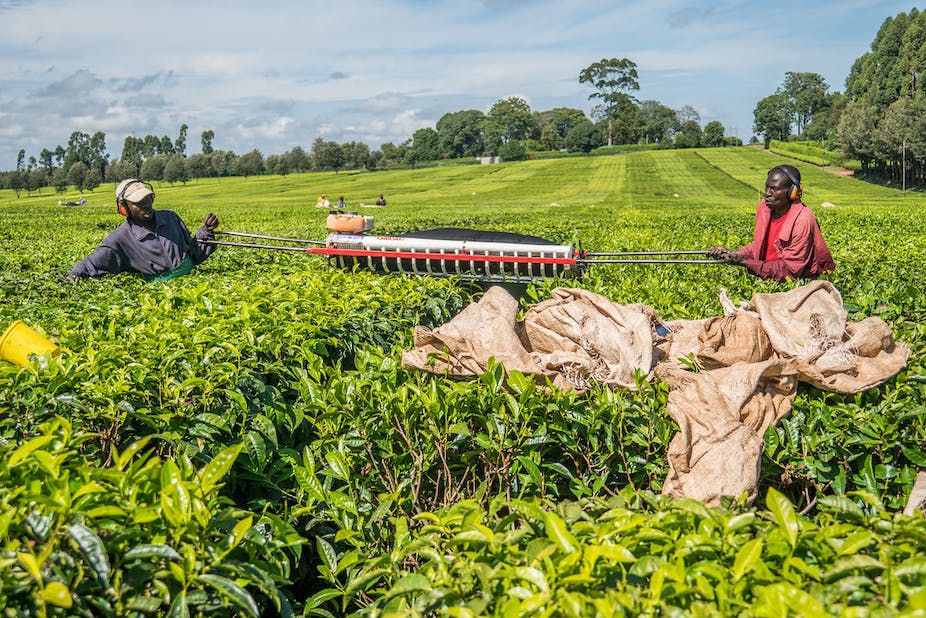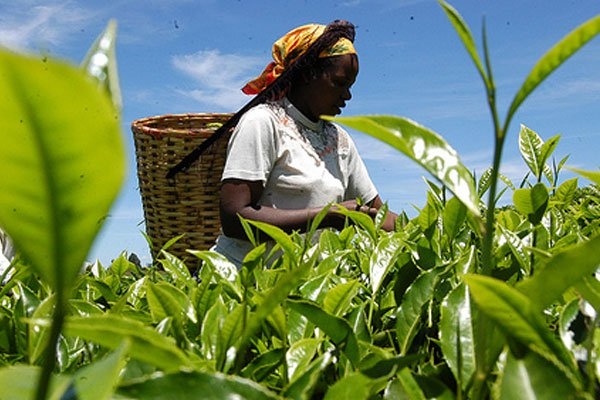Dear Beamers,
Greetings! As part of our commitment to delivering thorough insights, we’re pleased to bring you the latest developments across agriculture in this week’s newsletter
Agribusiness encompasses the economic sectors related to farming and its commerce, involving the entire journey of agricultural goods from production to processing and distribution. As a traditional cornerstone of any economy, understanding how local farmers elevate themselves in the ever-evolving economy is crucial to maintaining competitiveness with urban counterparts.
Being a diverse industry comprising various farming and business activities, agribusiness spans both small and large enterprises. Individuals in this sector engage in tasks such as field cultivation, farm machinery construction, aquaculture tank design, and transportation of animals and vegetables to the market. The agribusiness sector thrives on growth and adaptation, emphasizing the need for continual readiness to evolve within the cycle.
In the rural regions of Nigeria, farming faces distinct challenges impacting its profitability in agribusiness. Some farmers, unable to surmount these obstacles, opt for subsistence farming rather than transitioning to commercial ventures.
Challenges in Nigerian rural farming include deficient infrastructure, diminished agricultural productivity, susceptibility to natural disasters and climate change, limited market access, erratic government policies, insufficient gender inclusion, scarcity of agricultural extension agents, unfavorable programs, discontinuation of past government initiatives, and the onslaught of pests and diseases.

Ademola Laolu contends that these challenges are less pronounced among urban farmers due to their enhanced access to information facilitated by extensive research facilities.
“The transformation of agriculture into a high-tech industry is truly remarkable. Urban farmers are adopting sophisticated methods, such as using GPS for precise animal raising and crop harvesting. The integration of increasingly automated machines not only reduces labor but also enhances efficiency. In processing plants, there’s a continuous effort to innovate cleaning and packaging methods for livestock, making production cleaner and more sustainable. These advancements reflect a positive shift towards a more efficient and environmentally friendly agribusiness.”
Rural farmers contend with urban counterparts, where products like fruits and vegetables, being interchangeable commodities, face the challenge of easy substitution based on pricing. Sustaining competitiveness demands agribusinesses to enhance efficiency, necessitating investments in innovative technologies, modern irrigation and fertilization methods, and strategic approaches to global market entry.
Urban farmers, in a bid to stay competitive, embrace advanced technological devices, enabling early detection of potential crop or livestock issues. Additionally, technology aids in preserving farm produce for extended periods, facilitating year-round delivery to food processing even during off-seasons.

Sadiq Abdulganiyy, a local farmer and tomatoes distributor, strongly believes that embracing new technology is essential to maintain competitiveness in the global agribusiness sector. In his words
“Local farmers face a pressing need to stay competitive with their urban counterparts by finding ways to cut crop costs and maximize yields per acre. The recent surge in electronic drone usage has become a game-changer in agribusiness, helping farmers tackle issues like pests, diseases, water stress, and even monitoring stray livestock. Alongside drones, the incorporation of robotics, GPS tech, and moisture sensors is transforming how farmers operate, not only enhancing worker safety but also allowing precise application of pesticides and fertilizers.” Says Sadiq
Local farmers employ cost-effective practices, enabling goal achievement in agribusiness. Constrained by finances, local farmers often improvise with animal droppings as manure, promoting environmentally friendly practices despite slower crop growth. In contrast, many urban farmers heavily rely on inorganic fertilizers for quick results, contributing to significant degradation of soil health, water systems, and biodiversity.
A flourishing agroecosystem independent of chemical reliance is pivotal in regenerative agriculture. Amid climate stressors, eco-friendly agricultural practices safeguards, restores, and enhances food systems, actively sequestering carbon emissions for increased sustainability. Operating self-sufficiently, this system is resilient against market disruptions, including supply chain issues and pandemics.

According to Sola Egbeeye, an agricultural science graduate,
“When plants and bacteria grow, they put carbon into the soil, pulling it from the air. This isn’t just good for soil health – it’s like a sponge, holding water and nutrients that crops need. Adding stuff like leftover plant bits to the soil is a big deal in eco-friendly farming – it’s one of the best ways to shrink a farm’s carbon footprint and make farming more sustainable.”
She added “On farms with both plants and animals, there’s this cool trick called rotational grazing. Animals move around different areas, munching on things like grass and weeds that we can’t eat. They turn these into manure, which makes the soil richer. As the animals rotate, the land they’ve been on gets a chance to bounce back, making it a win-win for the farm and the environment.”
The escalating demand for food from a growing population intensifies pressure on agribusiness for increased production. Despite possessing ample land, local farmers face productivity hindrances due to limited technology access. Supporting the adaptation of rural farmers through financial assistance can rejuvenate the livelihoods of the poor and vulnerable, fostering growth in agricultural value chains. This approach ensures food security, resilient food supply chains, and the employment of additional extension workers.




